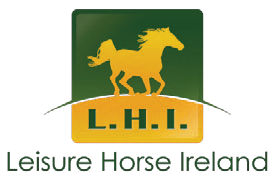

The breeding objective of the I.P.S.A. is the preservation of horses and ponies of Piebald, Skewbald and Appaloosa colour and their whole colour progeny and to promote the breeding of such horses and ponies, and to record proven pedigree lines.
Piebald, skewbald, and Appaloosa are three distinct coat patterns found in coloured horses.
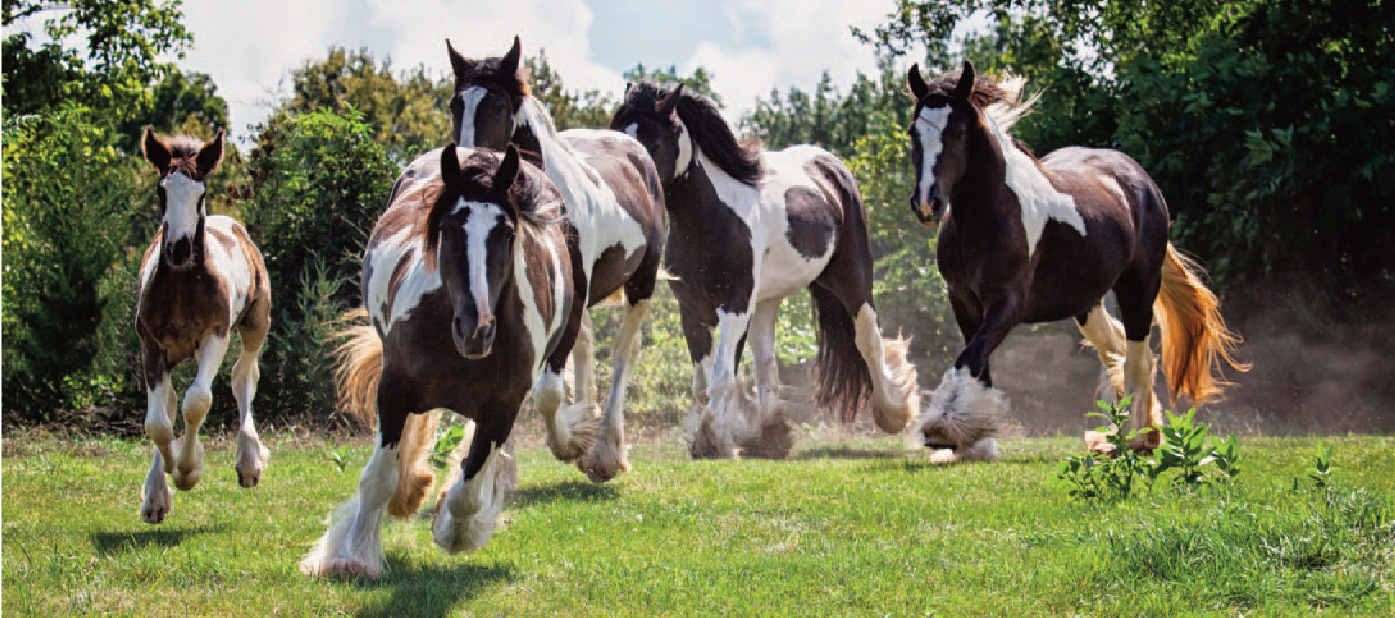
Piebald horses have a coat pattern characterised by large patches of white and black. The term “piebald” originates from the word “pie,” which means “mixed” or “variegated.” In the case of piebald horses, the mixture of white and black creates a striking contrast, with the black patches standing out against the white background.
Coat Pattern: The primary colour of a piebald horse is white, and the patches of black can appear on any part of the body. The black patches can vary in size and shape, from small spots to larger areas covering a significant portion of the body.
Colours: Piebald horses have only white and black patches. They lack any non-black colours in their coat pattern.
Genetics: The piebald coat pattern is a result of specific genetic inheritance. It involves the interaction of various coat colour genes, with certain genes influencing the distribution of white and black colour on the horse’s coat.
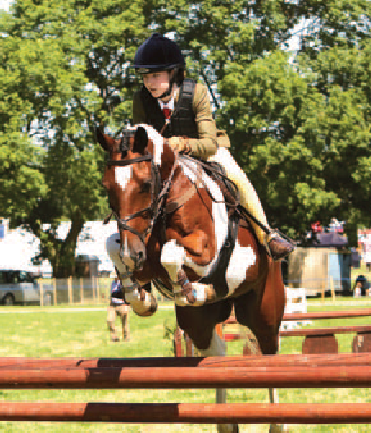
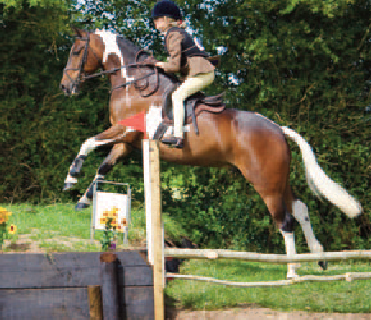
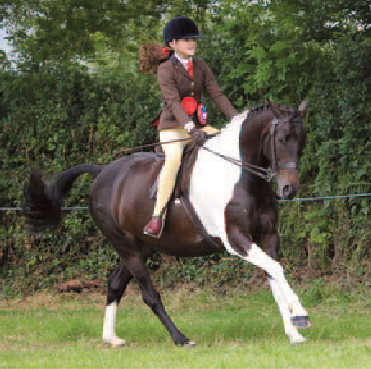
Skewbald horses have a coat pattern characterized by large patches of white and any non-black colour. The non- black colour can be bay, chestnut, grey, palomino, or any other hue, but it cannot be black. The contrast between the white and non-black colours creates a visually appealing appearance.
Coat Pattern: Skewbald horses have white patches mixed with any non-black colour, resulting in a variety of combinations. These patches can occur anywhere on the horse’s body.
Skewbald horses can display a wide range of colours in their patches, depending on the base coat colour. They can have patches of white mixed with chestnut, bay, grey, palomino, or other colours, as long as black is absent from the patches.
Genetics: Like piebald horses, the skewbald coat pattern is determined by
specific genetic factors that influence the distribution of colours on the horse’s coat.
Appaloosa horses are a distinct breed known for their unique coat pattern, which includes a combination of various patterns, spots, and mottled skin.
Coat Pattern: Appaloosa horses can have a variety of coat patterns, including leopard spots, blanket patterns, roaning, and varnish roan patterns. Leopard Appaloosas have large, distinct spots on a white background, while blanket Appaloosas have a solid- coloured area (blanket) covering their hindquarters with spots on the rest of the body. Roan Appaloosas have a mixture of white and coloured hairs throughout their coat.
Mottled Skin: Appaloosas often have mottled skin, particularly around the eyes and muzzle. This is a unique characteristic of the breed.
Genetics: The Appaloosa coat pattern is the result of complex genetic factors, including the “leopard complex” gene, which is responsible for the various patterns and spots seen in the breed.
Coloured horses have gained popularity due to their unique and eye-catching appearance, with their striking and unique coat patterns, they are used in a variety of equestrian disciplines, just like horses of any other colour.
The colour of the horse does not determine its ability or potential use; instead, it is the horse’s conformation, temperament, and training that determine its suitability for specific activities. The coloured horse will be found participating in various disciplines such as show jumping, dressage, eventing, driving, and pony club activities.
